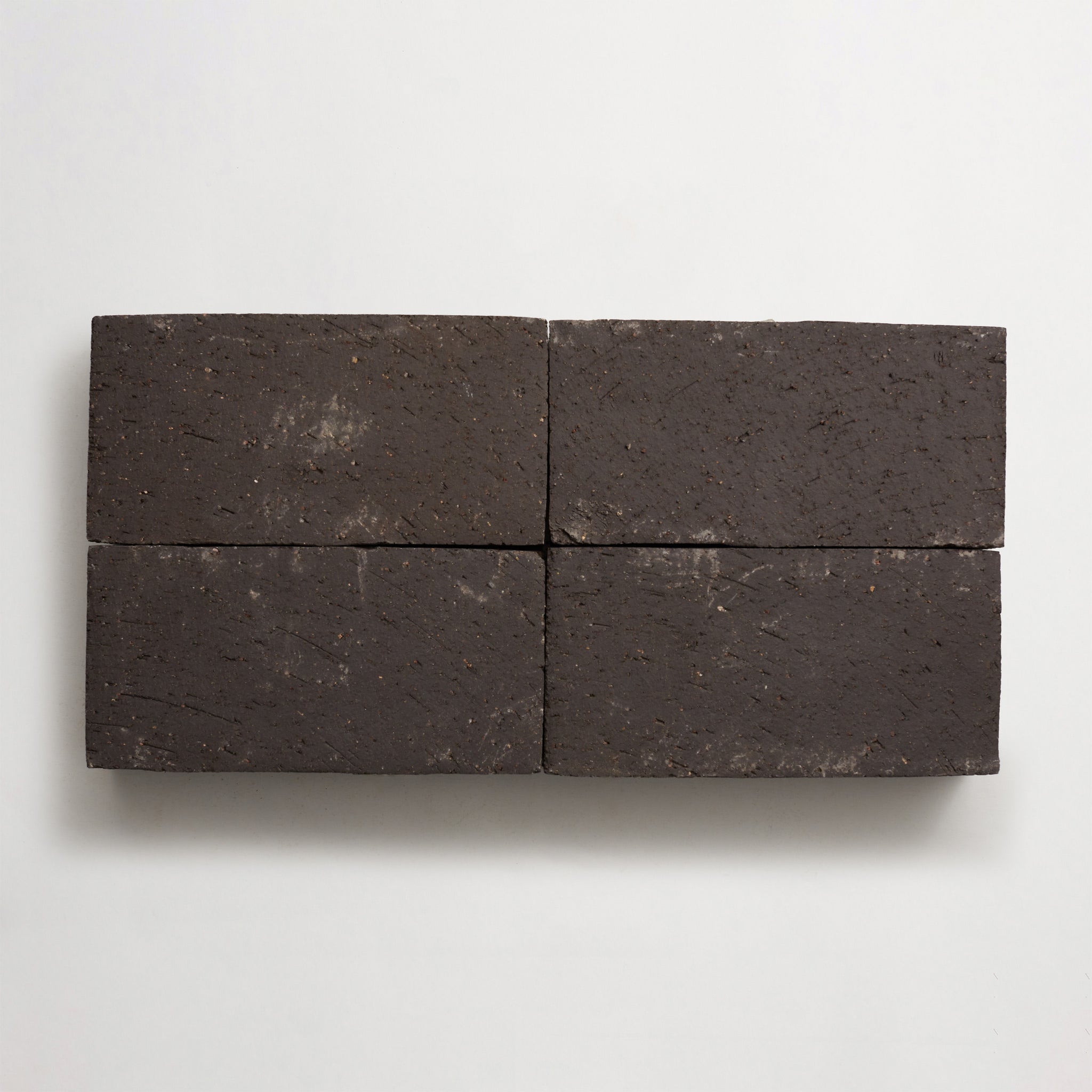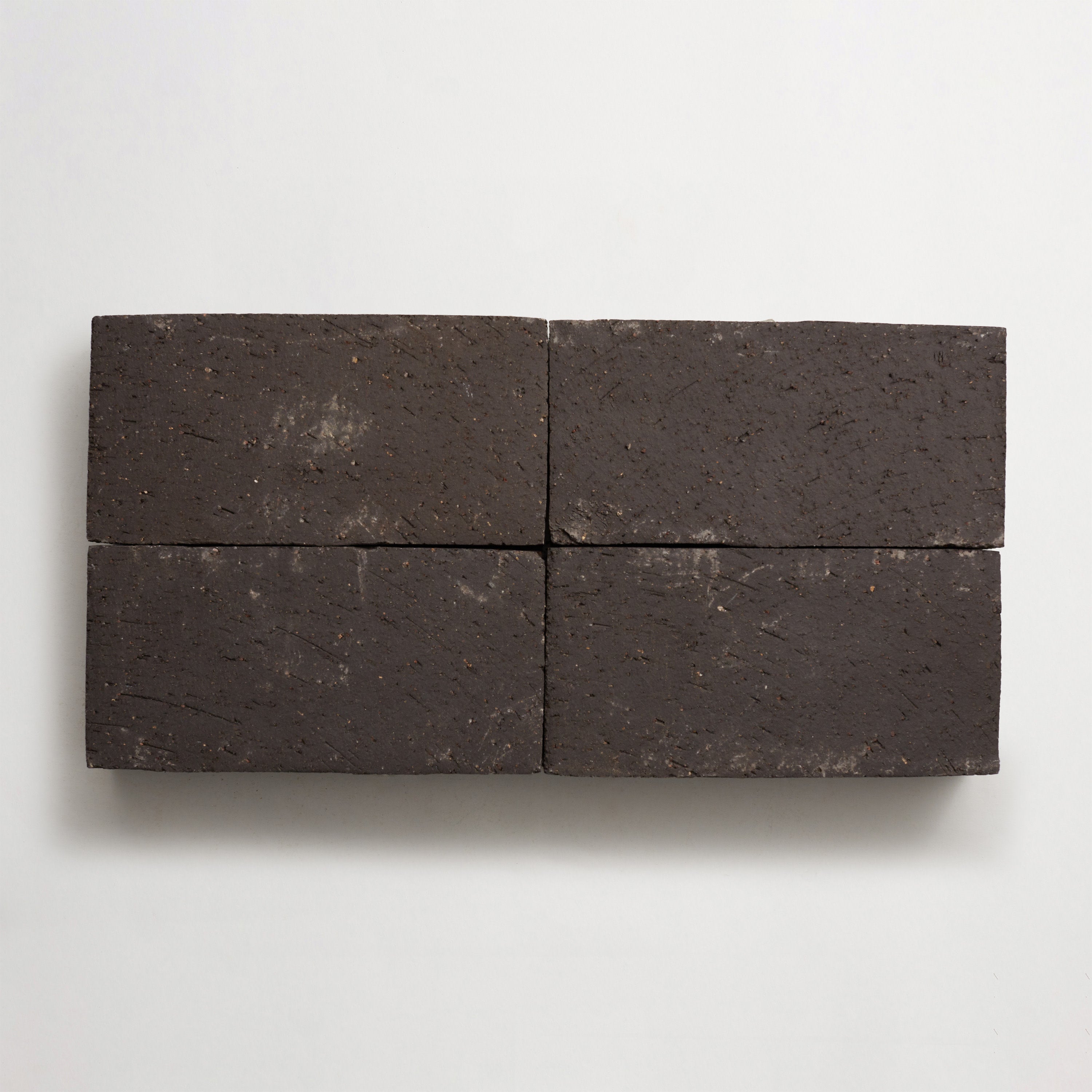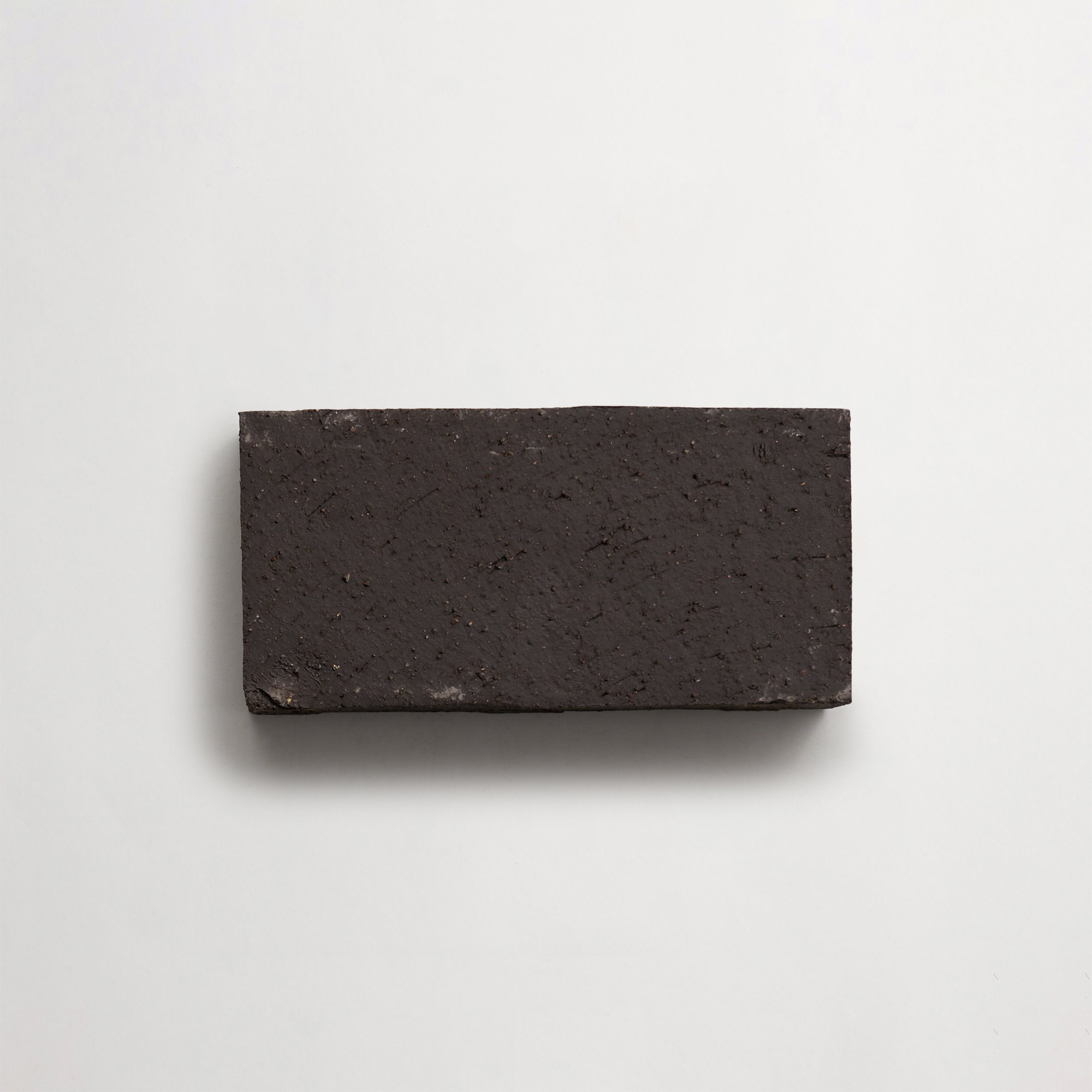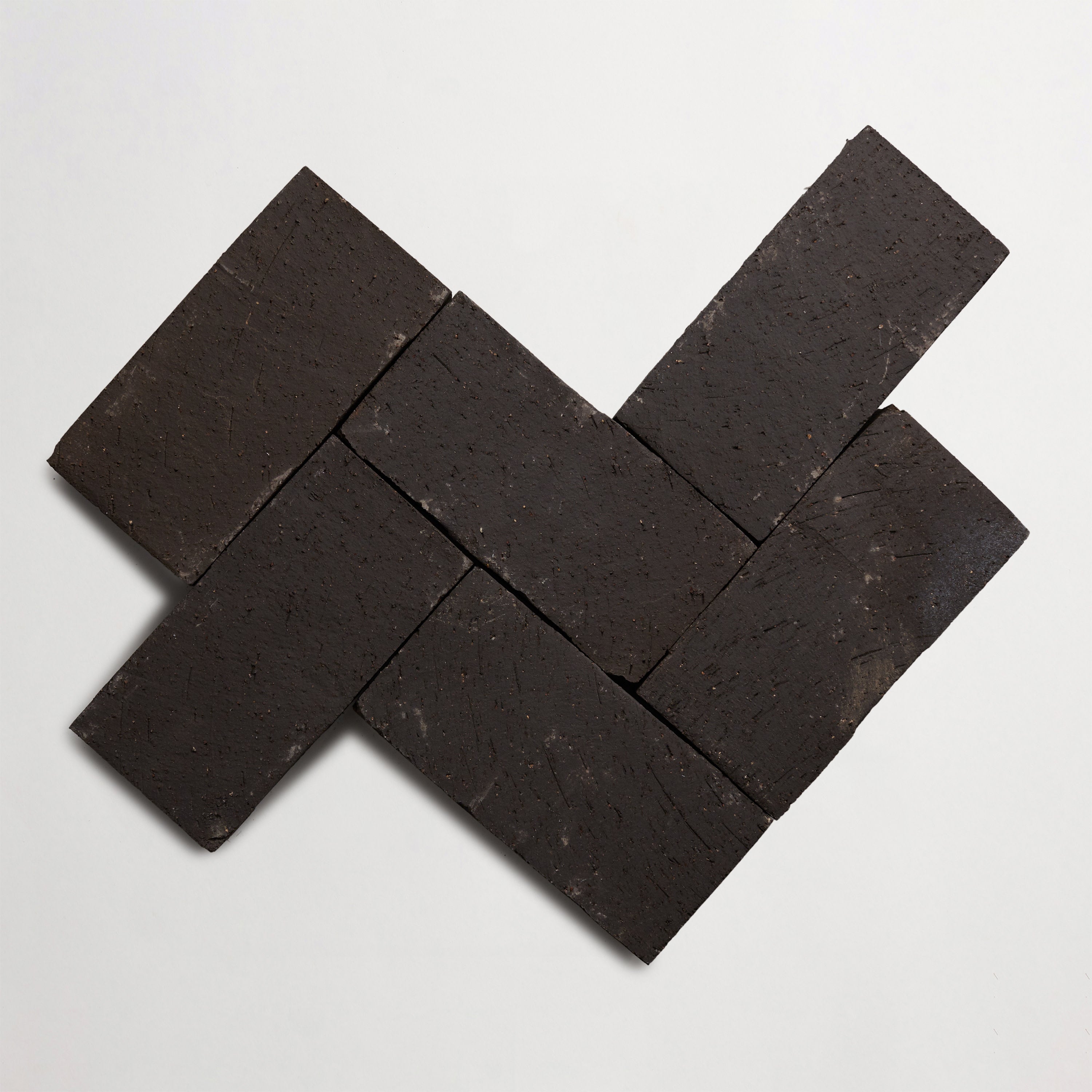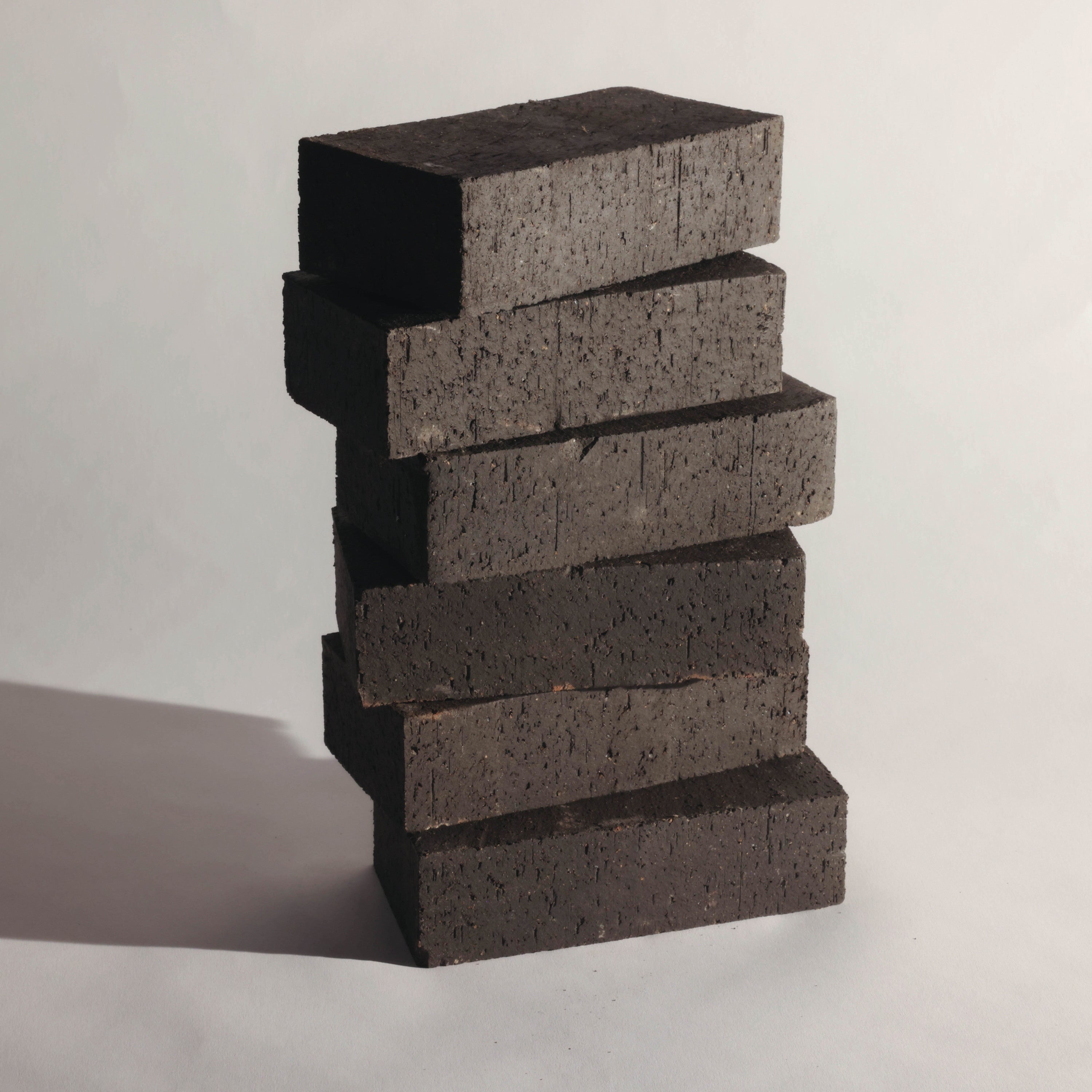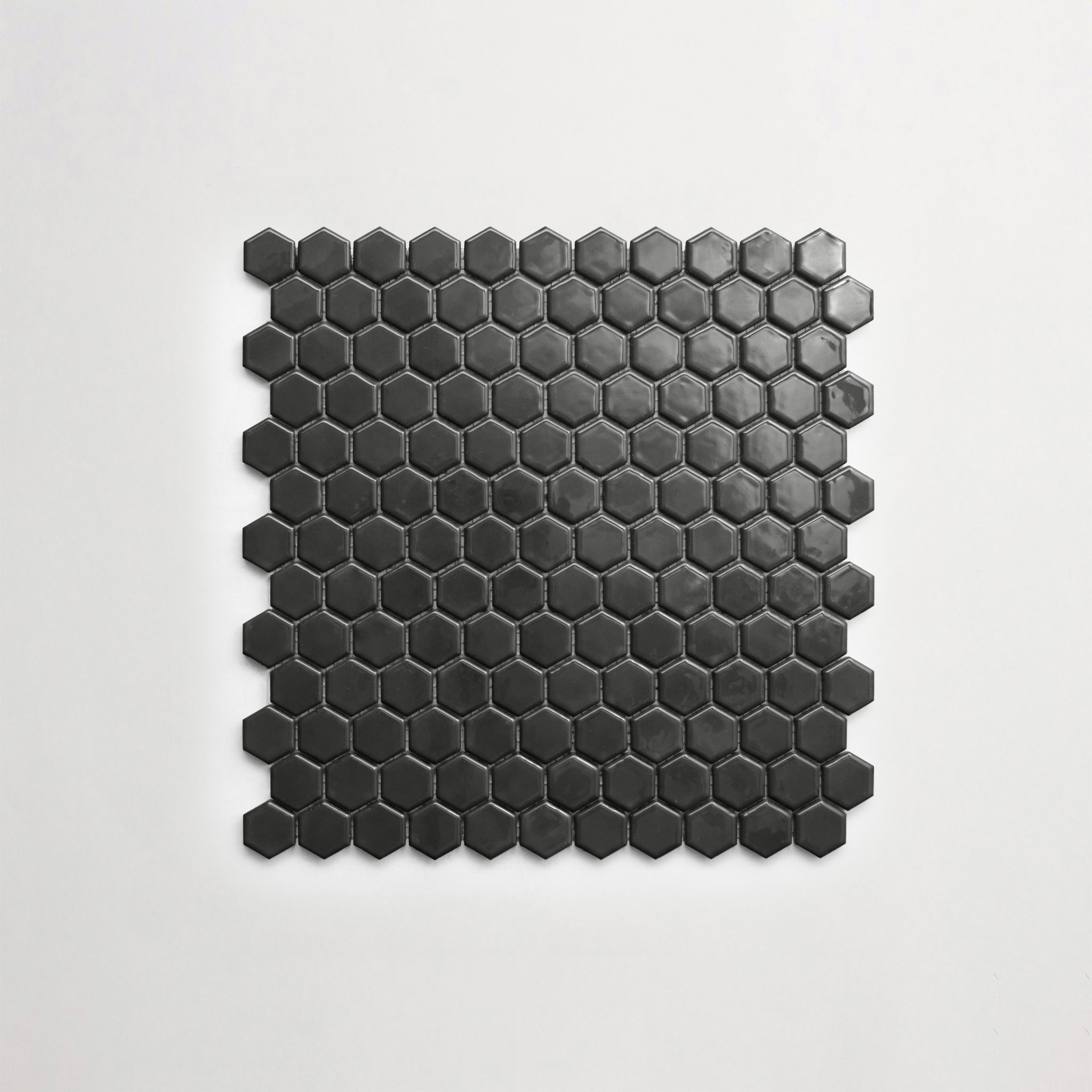your shopping cart is empty.

1970s GlassWorks: le Disque, Four Inch, Amaretto
11 Sloped Backyard Pool Ideas That Embrace the Landscape
For landscape architects, a sloped site offers a unique canvas. Handled properly, topography becomes a collaborator rather than an obstacle, and the design possibilities are endless. We love seeing pool and deck installations in these spaces that are as visually arresting as they are structurally sound.
When the natural grade is thoughtfully incorporated, pools can cascade into infinity edges that mirror the horizon, while decks can step gracefully down the slope to create layered outdoor living zones. The result is an outdoor sanctuary where form and function converge, delivering enduring beauty, environmental harmony, and an elevated user experience that stands the test of time.
And that’s just the tip of the iceberg. Down below, we’re exploring 11 different sloped backyard pool ideas, all of which embrace the landscape rather than work against it. Then, stick around: Explore our outdoor tile collections to find surfaces that blend beauty, durability, and design — crafted for even the most complex landscapes.
11 Sloped Backyard Pool and Deck Ideas That Work With the Landscape
Whether you’re specifying materials for a hillside design or coordinating drainage solutions, these 11 concepts demonstrate how to turn challenging slopes into stunning assets.
1. Build Into the Slope with Tiered Platforms
Using tiered platforms allows designers and architects to integrate a pool seamlessly into a sloping yard, creating a series of horizontal planes that both celebrate and tame the natural grade.
This typically involves carving multiple terraces into the incline. The uppermost level can host a modern infinity-edge pool that visually blurs into the horizon, while the mid-tier serves as a shallow lounging shelf or tanning ledge. On the lowest platform, durable concrete or stone pavers can extend from pool coping into seating areas, unifying materials across functional zones.
With this approach, retaining walls made of natural brick or quarried stone can provide critical soil stabilization, then be capped with wide treads to serve as built-in seating or planting benches. By thoughtfully layering structure, material, and water management, tiered platforms transform a challenging hillside into a commanding outdoor destination.
2. Use Retaining Walls for Structure & Style
Speaking of: Retaining walls are fundamental to sloped backyard designs. They offer the support needed to hold back soil as well as an architectural canvas for visual storytelling. Be sure to select materials that nod to the surrounding region, such as terracotta, stone, or brick.
Positioning walls at strategic intervals can break the slope into manageable segments. Meanwhile, you can use the walls’ ledges to incorporate built-in seating nooks with cushioned tile benches. Between each wall, terraced landscaping beds with deep-rooted shrubs and groundcovers can lock soil in place and soften the hardscape.
To elevate this look, consider integrating recessed landscape lighting into the capstones, illuminating texture and casting dramatic shadows at dusk. The dual benefit of soil retention and curated space-making makes retaining walls a cornerstone for any hillside pool and deck project.
3. Elevate the Pool with a Raised Shell
A raised shell pool hovers above the slope like a sculptural vessel, showcasing its form on the downhill side while offering sweeping outlooks over the landscape. This method is ideal for crafting an infinity pool effect: water spills uninterrupted over the lower rim, creating a seamless visual extension toward distant terrain.
To complete the look, surround the shell with a coordinating tiled deck. (Porcelain pavers can minimize load without compromising on strength.) You might try using a continuous palette — think: honed limestone or textured porcelain — for a sleek, monolithic appearance.
Detailed coordination between structural engineering, precise excavation, and meticulous waterproofing will ensure the raised shell remains secure and watertight, even on steep or unstable terrain.
4. Design a Walk-In Entry with a Gradual Slope
For projects that prioritize accessibility and a resort-style ambience, a walk-in entry (or zero-edge slope) invites users into the water in a way that mimics a natural shoreline. Shape a gentle incline into the pool deck, and clad it with textured or rough-cut tile that transitions smoothly from deck surface to the submerged floor.
You can extend the tile beneath the water line to maintain a cohesive material language. By reducing the need for ladders or shallow-step clusters, this approach minimizes vertical barriers and can lessen the length of pool fencing required.
Consider surrounding the sloped entry with integrated landscape lighting to softly illuminate the water plane after dark. The result is an inviting, organically integrated water feature that delivers both practicality and a spa-like welcome to any sloped site.
Ready to elevate your poolside vision? Discover artisan tiles that bring cohesion, safety, and elegance to sloped outdoor designs.
5. Create a Floating Deck with Built-In Drainage
A floating deck over a slope not only provides a level platform for outdoor living but also facilitates superior airflow and water management beneath the structure. For the walking surface, you might specify large-format porcelain or natural stone tiles with anti-slip finishes to resist moisture and wear.
To accentuate the clean lines of the deck’s perimeter, try incorporating under-deck LED lighting, creating a glowing “floating” effect at night. Additionally, you might specify tile skirts around pier bases to conceal hardware and provide a polished aesthetic.
This combination of elevated design and refined materials makes floating decks an elegant solution for steep backyard environments.
6. Anchor Water Features Into the Hillside
Harness the energy of falling water by incorporating fountains, spillways, or scuppers directly into the slope above the pool. You could even clad the water feature in tile or stone to match the main pool finish.
Imagine a cascade dropping over successive rock ledges or down a smooth face, creating both ambience and functional drainage for hillside runoff. Surrounding the structure, you could also incorporate native grasses to help anchor the soil.
Whether you choose a slender knife-edge waterfall or a series of sculptural steps, anchoring water features into the hillside integrates utility and artistry in equal measure.
7. Cut Into the Slope for a Sheltered Plunge Pool
By excavating directly into a steep hill, you can create a secluded plunge pool that feels carved from the earth itself. Retaining three sides with the natural substrate can even give you thermal mass that helps regulate water temperature while reducing exposure to wind and cutting energy costs.
To give the pool a polished look, surround it with a narrow ledge of tile or pavers that continue into adjacent pathways, guiding foot traffic and circulation. Above, you could also plant deep-rooted groundcovers and shrubs to mask the excavation’s edge and further control erosion.
This sheltered approach prioritizes privacy, efficiency, and an intimate connection to the site’s topography.
8. Extend the Living Space with Multi-Level Decking
Another idea? Split a multi-level yard into distinct zones — dining, lounging, firepit lounge, even a fitness deck — by stacking platforms that step down the slope. Each level can be finished with frost-resistant tile in complementary tones, reducing structural demands while maintaining visual cohesion.
Between decks, you might incorporate terraced planting pockets filled with moisture-tolerant perennials to soften the hardscape. Then, on intermediate platforms, you could build in seating alcoves beneath pergolas clad in climbing vines, creating micro-environments that vary in scale and intimacy. Low-profile LED strip lighting along deck skirts and stair edges can also help articulate transitions and ensure safety.
With this approach, you get a layered outdoor living space that unfolds like an amphitheater, fully utilizing the slope to deliver dynamic views and a variety of experiences.

Lido: Florilegium, 2x4" Double Pixies, French Press, Gloss. Photo courtesy of Marc-Antoine Roy.
9. Build Terraced Planting Beds to Prevent Erosion
Transform a sloping yard into a lush, structured garden by carving a series of terraced planting beds that act as living retaining elements. (Think: heights of 18–24 inches per terrace.) Then, you could fill each tier with erosion-control groundcovers (e.g., creeping thyme) at the front edge and deeper-rooted perennials (e.g., lavender, sedum) toward the rear.
Between terraces, you might run pea gravel or cement paver pathways that tie into the main deck and pool coping. (These pathways not only add visual interest but also provide maintenance access.) You could also accent the terraces with uplights to cast texture and form after dusk.
To make each level a destination in its own right, you might even intersperse seating niches or sculptural planters. The interplay of hardscape and planting makes erosion control both functional and ornamental.
10. Incorporate Steps Seamlessly Into the Hardscape
Instead of traditional staircases, consider adding broad, low-rise tiled steps directly into the slope. You need to calibrate riser heights to ADA-friendly dimensions for ease of use, of course, and integrate wide landings that double as spill-out zones or informal seating platforms.
For a cohesive look, try continuing the tile pattern from the stairs to the pool deck, and flank the area with garden beds or illuminated risers to enliven the ascent. For added drama, you could even install frameless glass handrails secured with minimal stainless-steel fittings, preserving sightlines back to the pool and beyond.
By treating circulation as a sculptural, integrated component, steps can become both infrastructure and focal point.
11. Floating Decks Over the Slope
Want to make a major visual impact? Consider incorporating a secondary deck high above the primary pool terrace, offering unobstructed views of the landscape’s contours. For added interest, finish it with porcelain, travertine, brick, or cement pavers that are rated for exterior use.
Along the exposed edge, frameless glass pool fencing can ensure safety without hindering panoramic vistas. Meanwhile, installing linear LED uplights at the deck’s perimeter can give the illusion that structure hovers above the slope after dark, in a halo of light.
Beneath the overhang, consider adding a sheltered lounge or wet bar, making the floating deck a multi-functional retreat that capitalizes on height and drama.
Turn a sloped backyard into an outdoor sanctuary with handcrafted tiles made for lasting beauty. Start your project today.
-
Scorched Earth
-
BrickWorks
:
-
Acquiterre
-
4
" x
-
4
" x
-
⅛
"
-
sqft
/
$
:
-
8
" x
-
8
" x
-
⅞
"
-
sqft
/
$
-
Mythic Shadow
-
Lido
:
-
Acquiterre
-
4
" x
-
16
" x
-
⅝
"
-
sqft
/
$






